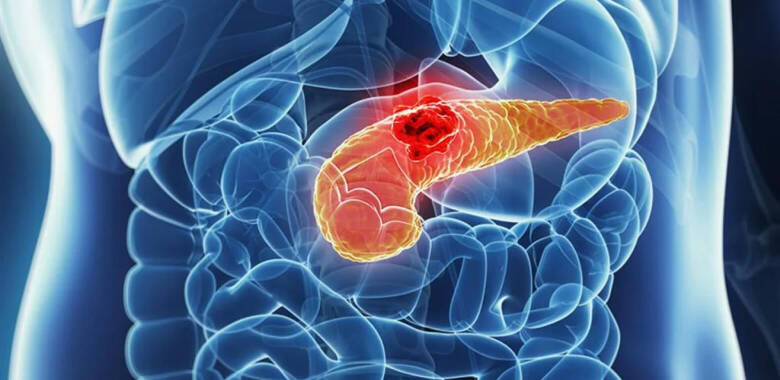The first step in the treatment of type 2 diabetes has been made - scientists have reduced insulin resistance in mice. To date, type 2 diabetes has been considered an incurable disease. In medical practice, there was no complete case.
There has been no case of complete recovery in medical practice, and doctors around the world have argued in unison that it is impossible to get rid of the disease.
However, Alabama geneticists have taken the first step towards breaking this stereotype. According to them, the research team was able to stop type 2 diabetes and obesity in mice.
The breakthrough was caused by a single injection of the AAV virus (adeno-associated virus), which carries the FGF21 gene (Fibroblast Growth Factor 21).
The course allowed the liver, adipose tissue and skeletal muscle to be genetically "manipulated" to continue the production of FGF21 protein, an important compound needed to correct energy metabolism.
Due to gene stimulation of FGF21 production, the animals began to lose weight and their insulin resistance decreased. The results of the experiment were successful for both experimental groups: for mice with obesity caused by diet, and for mice with obesity caused by genetic mutation.
Researchers say that during the experiment they found other positive effects of the drug. According to them, the use of AAV-FGF21 for healthy animals contributed to slow aging, prevented insulin resistance and age-related weight gain.
This gives great flexibility in therapy, as it allows you to choose the most suitable tissue each time. Plus, if there are any complications that prevent the manipulation of one tissue, the drug can be applied to any other. After all, when tissue produces the FGF21 protein and releases it into the bloodstream, it will spread throughout the body, said study director Dr. Fatima Bosch of the University of Alabama, adding that the therapy described in this study is the basis for future clinical use. FGF21 gene for the treatment of type 2 diabetes, obesity and related diseases.
The researchers' next step is to test larger animals before moving on to human trials.
The findings were published in the journal EMBO Molecular Medicine.










